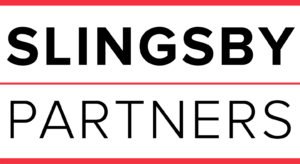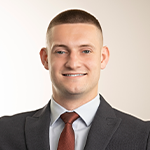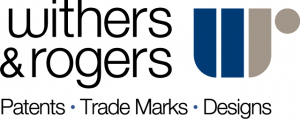Following university, I joined a traditional engineering firm and worked predominantly as a Materials Engineer. Though I really enjoyed working in engineering, I wished that my job involved a greater strategic and advisory side in addition to the analytical, problem-solving side traditionally associated with a STEM career. I subsequently came across the Patent Attorney profession as I was researching alternative career pathways for STEM graduates, and it seemed very well suited to what I was looking for.
After deciding to transition professions, I applied to several patent firms. The application processes for each firm were largely the same and involved sending a CV, a cover letter, and completing a series of written tasks designed to assess my ability to describe the technical features of an object in writing. The final stages all involved an interview which consisted of a ‘getting to know you’ session which focused on my past experiences and a ‘technical’ session which focused on my suitability for the role. The ‘technical’ interview sessions again involved describing the technical features of an object both verbally and in writing.
I started at Slingsby Partners LLP in the summer of 2022 and began the Queen Mary Intellectual Property Law course that September. While at Queen Mary, my time was split two days in the office and three days at university. This balancing of studying alongside working was quite challenging and certainly required effective prioritisation and time management, particularly around exam time. After completion of the Queen Mary course, I returned to the office full time and started taking on a lot more work. The learning curve was initially very steep, but my colleagues were there to offer help and advice whenever it was needed.
As a firm, Slingsby Partners LLP is on the smaller side, and I believe that this has really helped to fast-track my development in the profession. From day one, I have had the opportunity to work with a number of partners and other senior members of the firm which has exposed me to a variety of working styles. I have also had a lot of direct client contact, which is not always guaranteed when first starting out in the profession. This has really given me a head start with the client management side of the profession, which is just as important as the technical side of drafting and prosecuting patent applications.
Overall, I’m very happy I decided to transition from engineering to a career in Intellectual Property and I would recommend it to any STEM graduate.






